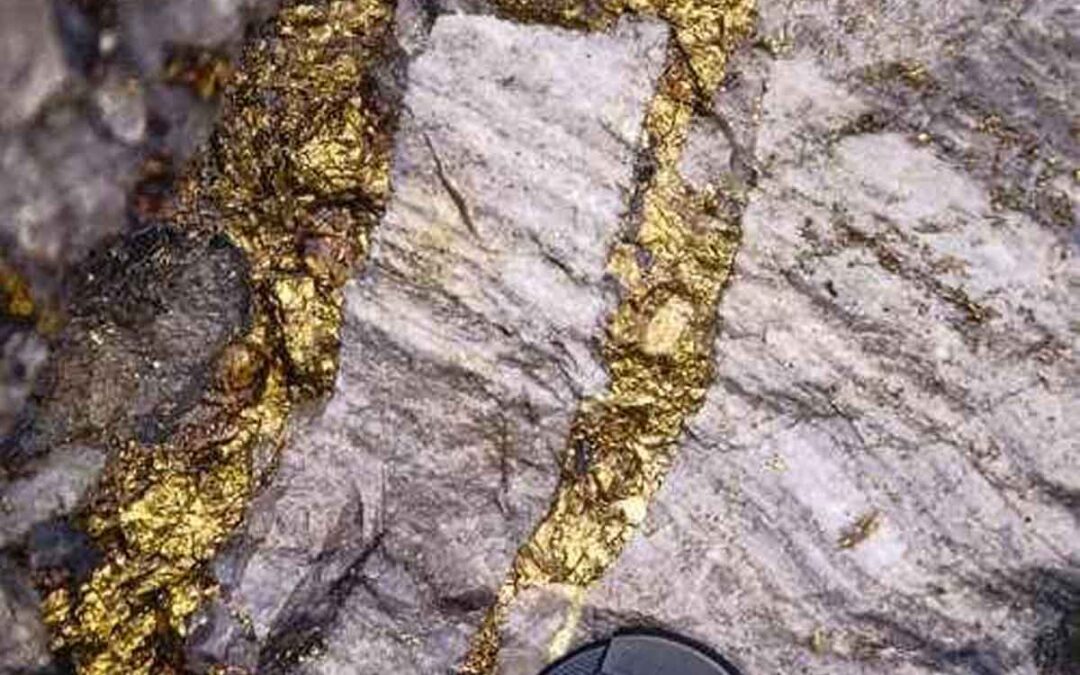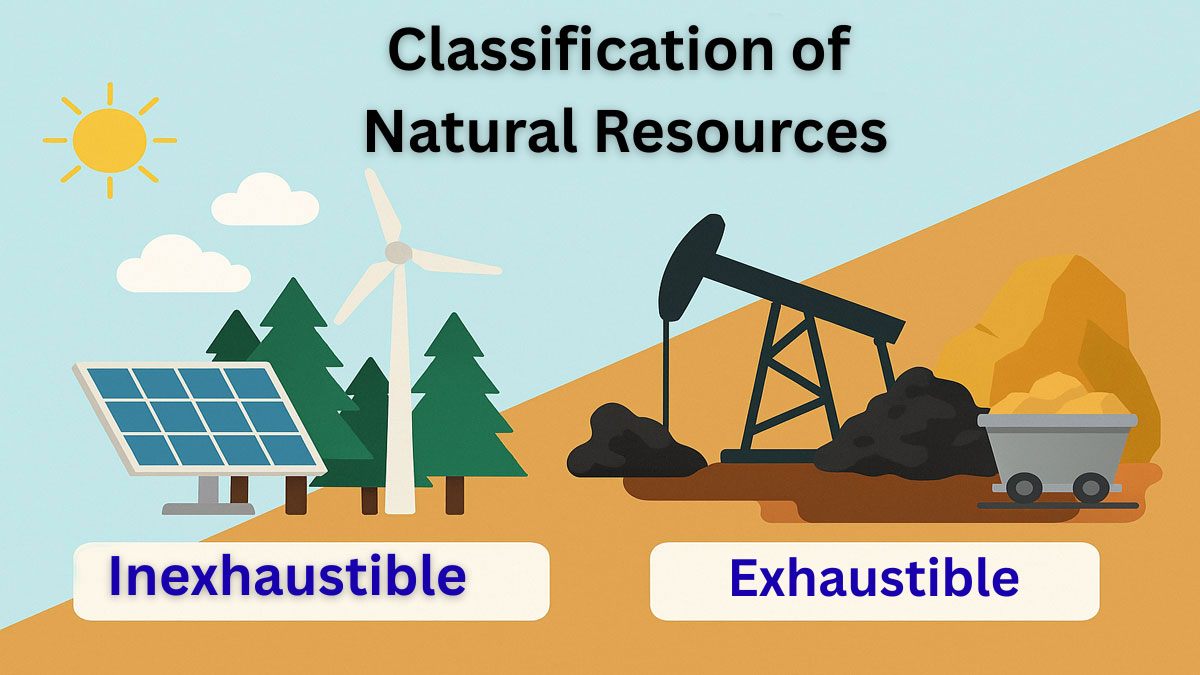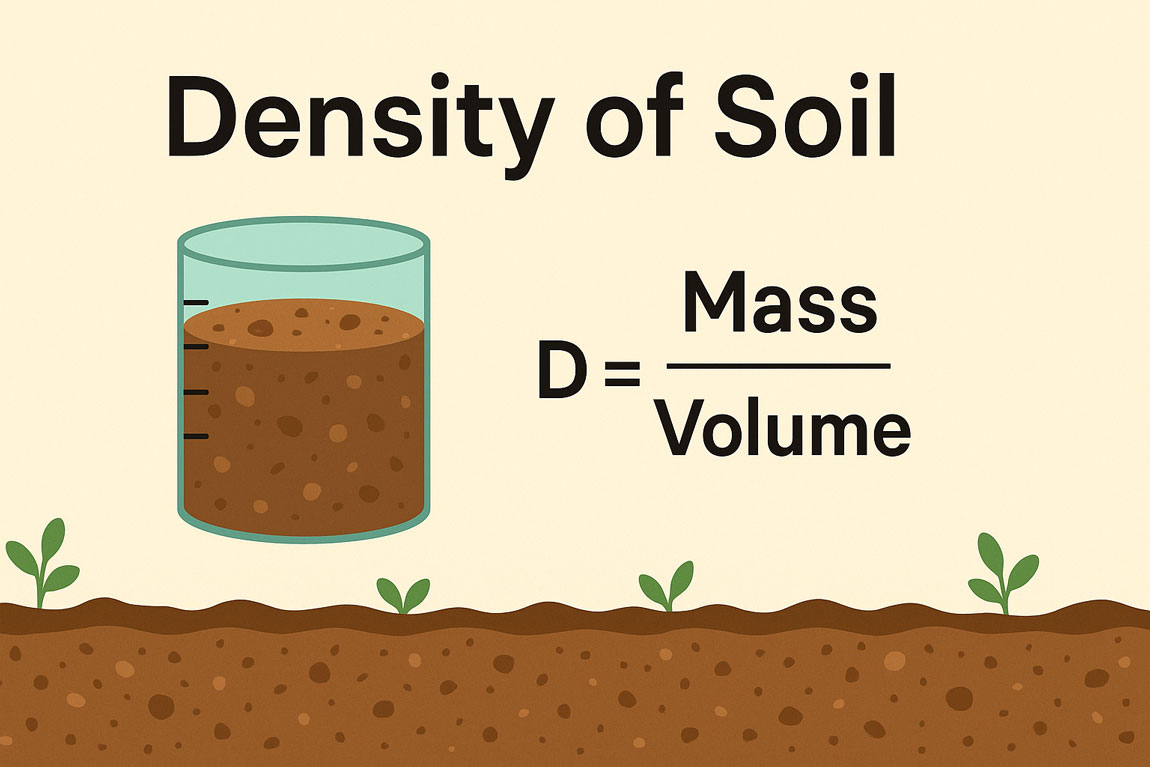Mineral deposits are natural concentrations of minerals that keep enormous costs for monetary and business utility. From gold and copper to uncommon earth elements, those deposits have formed industries and civilizations. This weblog explores the formation, types, and significance of mineral deposits, highlighting their relevance in geology and present-day society.
Mineral Deposits:
It is an aggregate of a single mineral or several minerals irrespective of shape, size, and origin but of some value. It represents a local accumulation and concentration of natural products, otherwise sparingly distributed in the earth’s crust.
Classification of mineral deposits:
- Magmatic Segregation
- Contact Metasomatic
- Magmatic injection
- Pegmatitic Vein
- Hypothermal Vein
- Mesothermal Vein
- Epithermal Vein
- Volcanic Pipe
- Volcanic Flow
- Sedimentary
- Alluvial and residual
- Secondary Enriched
Formation of mineral deposits:
A short description of the modes of formation of mineral deposits:
Crystallization from magmas:
When magma cools and the solution surpasses the saturation point for a specific mineral, that mineral will begin to crystallize as long as the temperature remains below its melting point at the given pressure.
The process leads to the formation of various mafic and felsic minerals. Deposits like diamond, chromite, and magnetite are associated with the cooling and crystallization of magma.
Metasomatism or Metasomatic replacement or simply replacement:
Metasomatism occurs when geological processes form new minerals by dissolving old minerals or rocks simultaneously. During this process, solutions transport the replacing minerals, called metasomes, while carrying away the dissolved substances.
This process plays a crucial role in developing epigenetic mineral deposits, which form after the surrounding rocks, and supergene mineral deposits, which result from fluids rising from magma. It forms metallic sulfides such as sphalerite, chalcopyrite, bornite, and galena, among others.
The relative solubility of solid(mineral) and solute(solution):
The solubility of different minerals plays a key role in how they precipitate from solutions. For instance, when a CuSO4 solution interacts with ZnS (sphalerite), it leads to the formation of CuS (copper sulfide) while ZnS is consumed. Conversely, if the same CuSO4 solution comes into contact with HgS (cinnabar), no mineral will precipitate at all.
Oxidation and Reduction:
Hematite (Fe2O3) and bauxite (Al2O3·2H2O) are typically formed in oxidizing conditions, while pyrite (FeS2) develops in reducing environments.
Direct deposition in open space:
Lowering the temperature and pressure can promote the mineralization of the solution, potentially leading to deposits that fill veins or cavities in the host rock without the need for replacement.
Catalytic action:
Some substances can catalyze the precipitation of minerals without dissolving in the solution themselves.
Adsorption:
Adsorption refers to the process where one substance accumulates on the surface of another. Take kaolin, for example; it has the ability to absorb copper from a solution, subsequently creating chrysocolla, which is a type of copper ore often utilized as a gemstone.
Base exchange (cation exchange):
It takes place at the interface of solids and liquids, where cations are swapped out, leading to the formation of new mineral deposits.
Precipitation by bacteria:
Bacteria are well known for their ability to precipitate iron, specifically in the form of hematite. Additionally, sulfate-decreasing microorganisms contribute to the formation of local sulfur deposits.
Unmixing of solid solutions:
At elevated temperatures, two metals or minerals can combine to create solid solutions. As the temperature drops, one of these components may separate out. This process is referred to as unmixing or exsolution.
Examples:
- Gold includes Silver in a strong solution.
- Gold unites with Mercury to shape an amalgam.
- Solid solutions of magnetite and ilmenite, chalcocite, and covellite are standard.
Colloidal deposition:
Colloids form as fluffy aggregates when natural solutions are processed, but they play a minimal role in the creation of mineral deposits.
Weathering processes:
Three varieties of mineral deposits are shaped which are:
- Mechanical concentration (placer deposit),
- Residual deposit(bauxite deposit) and
- Supergene sulphide enrichment(copper sulphide deposit).
Through this process, low-grade mineral deposits go through enrichment to shape economically treasured mineral deposits.
Metamorphism:
During this process, the intense pressure, heat, and chemically active fluids interact with existing rocks and minerals, leading to the creation of new minerals through processes of recombination and reconstitution. Notable examples of these newly formed minerals include Garnet, Graphite, Talc, Sillimanite, Marble, Quartzite, and Schists.
Relation of mineral deposits to intrusive:
Contact metasomatism does not lead to the formation of mineral deposits uniformly across all types of magmas. The development of these deposits is influenced by several factors, including the composition, size, and shape of the intrusive body, as well as its depth and the extent of alteration it undergoes, as detailed below:
Composition of intrusive:
Magmas that form valuable mineral deposits are mainly silicic with an intermediate composition, including types like quartz monzonite, monzonite, granodiorite, and quartz diorite. Felsic magma tends to have a higher fluid content, which enhances the formation of economically significant minerals.
Size and form of intrusive:
Contact metasomatic mineral deposits are primarily linked to stocks and batholiths, while their connection to laccoliths and large sills is quite infrequent.
Depth of intrusive:
Cooling at depths of 1 to 2 kilometers that occur at a relatively slow rate tends to encourage the development of contact metasomatic mineral deposits.
Alteration of intrusive:
During contact metamorphism, the intrusive generally remains relatively unchanged.
Difference between mineral deposits and economic mineral deposits:
| Mineral Deposits | Economic Mineral Deposits |
| Aggregate of a single mineral or several minerals, which may/may not be profitable to be extracted. | Aggregate of single or several minerals that are profitable. |
| Mineral deposits are not always economically viable. | Economic mineral deposits are always economically viable. |
| Mineral deposits are regardless of size, shape, and origin. | Economic mineral deposits have a fee of their size, shape, and origin. |
| Mineral deposits are not always mined. | Economic mineral deposits are mined if profitable enough. |
| Do not serve mankind if it is not used in industries. | Serve to mankind and use in industries. |
Economic Importance of Mineral Deposits:
Mineral deposits play an essential function in useful resource extraction for industries such as:
Construction: Limestone and sand are crucial for constructing materials.
Technology: Rare earth factors are vital for electronics and renewable energy.
Energy: Uranium and coal are crucial for energy generation. The financial effect of those deposits
Extends globally, influencing exchange and commercial growth.
Conclusion:
Mineral deposits are the spine of current enterprises and society. Understanding their formation, types, and monetary significance is important for sustainable, useful resource management. By balancing exploration, mining, and environmental care, we are able to harness those deposits responsibly for future generations.






